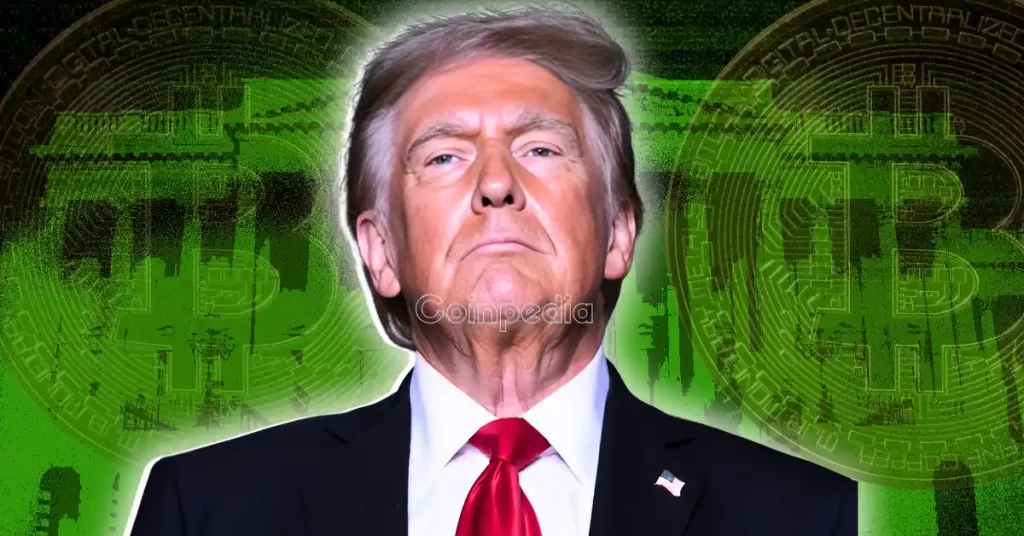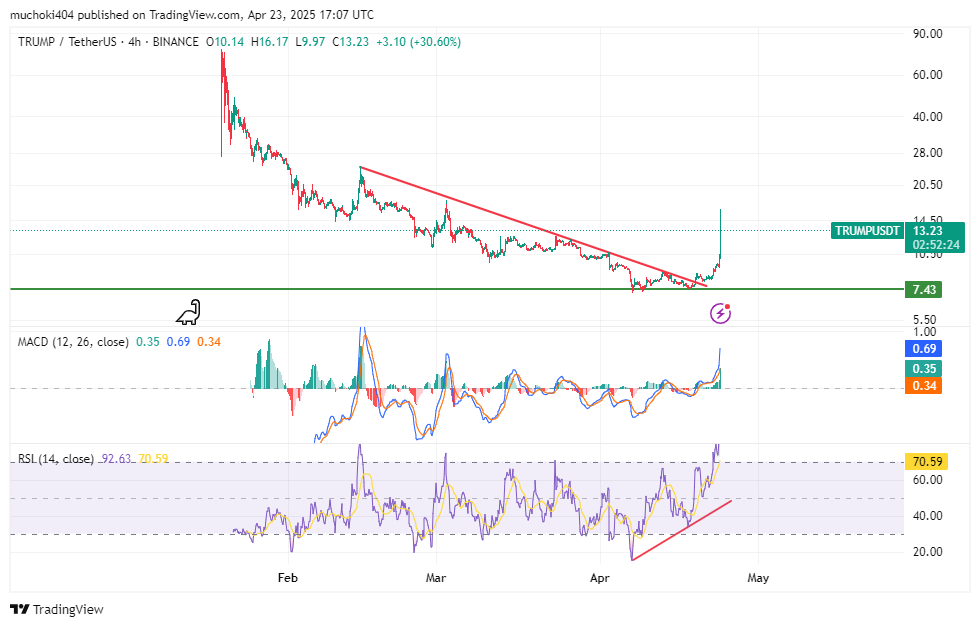
The Layer-1 blockchain platform Initia launched its mainnet and airdrop on April 24. The official token is now live in the market and is gaining significant attention due to the new launch and hype around the crypto project. Interestingly, the blockchain platform allocated a significant amount of the airdrop to eligible users. Let’s discuss how to claim.
Initia Mainnet Live, But Airdrop Closes in 30 Days
The Initia mainnet launch is part of the blockchain project’s vision of building an Interwoven Economy. For the same, they have launched the INIT token with a fixed supply of 1 billion, and these will play a significant role in supporting growth, security, and governance.
Interestingly, 50M INIT tokens are allocated to the airdrop, which is 5% of the total supply. These tokens will be distributed among network testers, advocates, and early users of the platform. The Initia airdrop is live, but open for 30 days only, past which the unclaimed tokens will be unavailable.

The eligibility is decided based on the users’ testnet participation, social contribution, and other factors. Interestingly, in contrast to most crypto airdrops of 2025, INIT’s performance was least affected.
The token was launched with an initial price of $0.62 and surged to a high of $0.93 after a 50% rally. The uptrend is still maintained, as the token currently trades at $0.87 with a market capitalization of $132.09M, making it the perfect time to claim.

How to Claim Initia Airdrop tokens?
Along with the Initia mainnet launch, the token has become a hit among investors, as the claim rate has topped more than 80% in the 24 hours. Various crypto analysts have pointed out the reasons behind this success, including long open registration periods, multiple account linking options, clear communication, and much more.

Although most have already claimed the INIT airdrop token, the remaining could follow these steps:
- Go to the Initia airdrop claim page
- Connect the crypto wallet (the same one that was involved in the testnet activities)
- Follow the steps provided on screen
- Pay gas fees and confirm the transaction
- The Initia token will be transferred to the wallet.
It is important to note that these tokens would not be available after 30 days, i.e., 24 May. Investors must claim their tokens before that. Interestingly, after the Initia mainnet, another mainnet is to go live soon, as the R2 testnet launched. Stay updated.
The post Initia Mainnet Goes Live, Here’s How to Claim the Airdrop Allocation appeared first on CoinGape.





